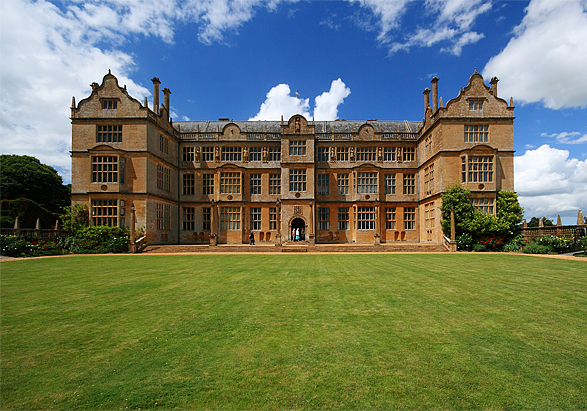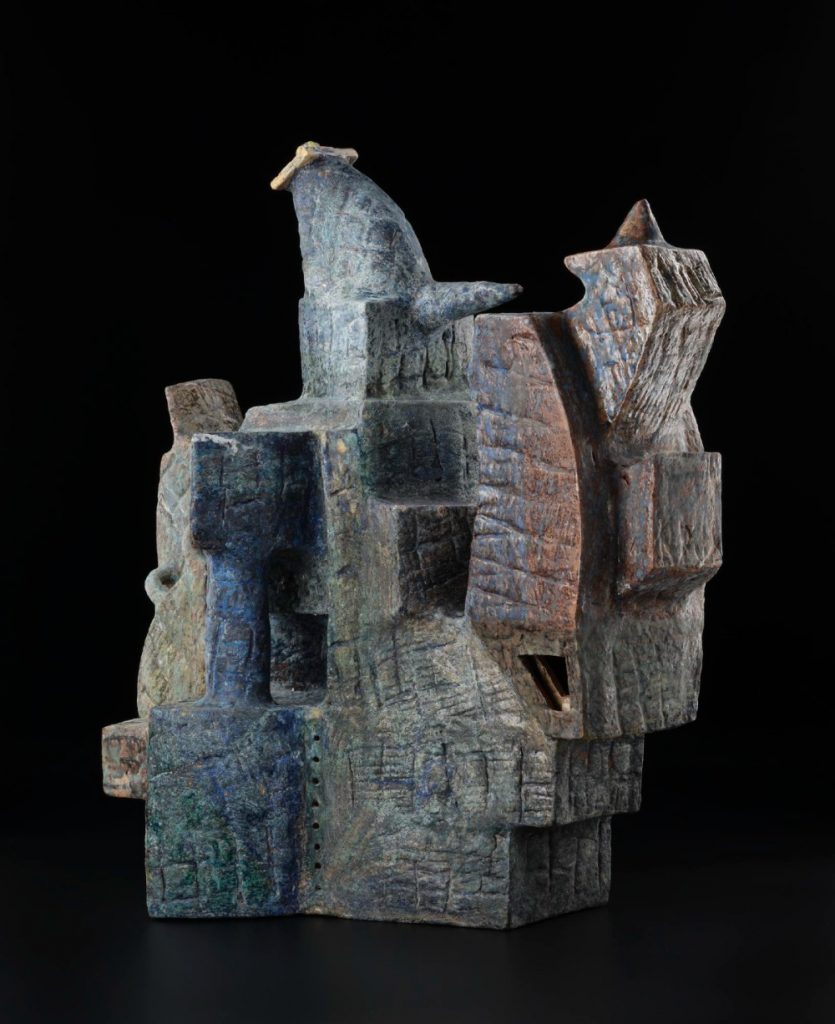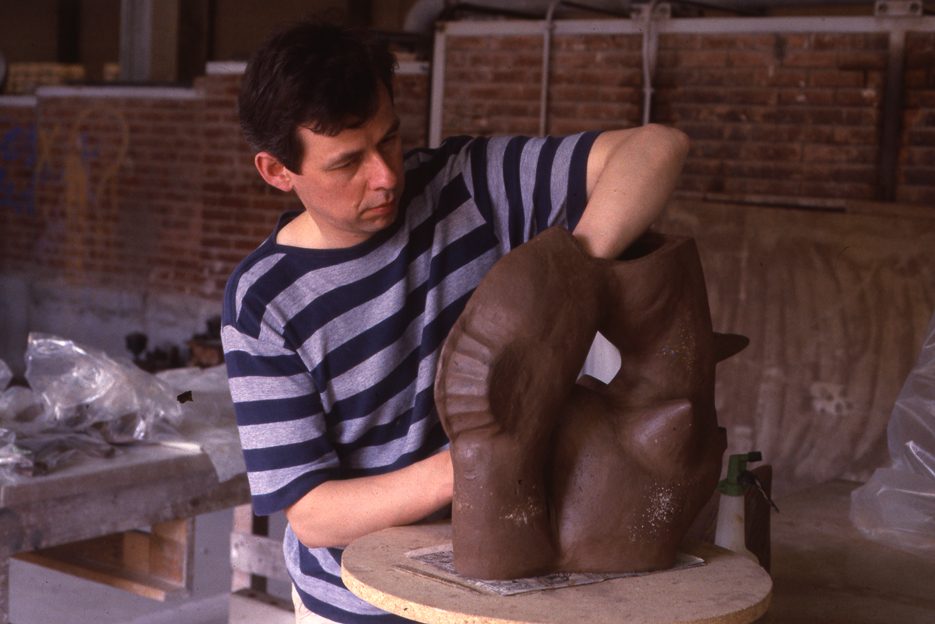It’s been over two months since I wrote my last blog post and once again our museums are closed, but we look forward to re-opening and a life beyond lockdown.
My colleagues are as busy as ever, keeping our buildings and collections secure, progressing our research projects, engaging with our friends and followers through digital means and preparing our public programme for the moment when we can open our doors again. There is much to be hopeful for and excited about.
The first months of the year are always challenging ones, but the recent freezing temperatures, coupled with the need to stay safe and out of physical contact with loved ones has heightened the desire to hibernate. For me, the Museum’s role as a space (physical or virtual) in which body, mind and spirit can be inspired and nurtured has come into full focus as we celebrate LGBT+ History Month and ensure that all of us put our wellbeing and that of others at the front of our priorities.

As a young gay man, growing up in a provincial town in the 1970s and early 1980s, museums, galleries and historic houses were always sites of escape and reassurance for me. When things became too claustrophobic, I would cycle, bus and later risk life on a moped to get to the nearest city where it was possible to see the portraits, sculptures and artefacts that seemed to speak to my history, and to browse the museum bookshops for postcards and books of my cultural heroes, many of them LGBT+ without me knowing it. Those connections affirmed who I was and encouraged me to learn more.
Forty years on I am transported back to those days as I search our own collections for objects with relevance to the LGBT+ History Month theme of Body, Mind, Spirit. One in particular has a profound emotional impact. The ceramic artist Angus Suttie was born a generation ahead of me in 1946. He grew up in the Angus village of Tealing in the 1950s before moving south to London in the 1960s where, after studying drama, he took up working and teaching in ceramics at Camberwell College of Art.

His autobiographical account of his childhood and youth in the ‘tight, narrow, puritan’ Scotland of then, published in an early gay rights culture magazine of 1976 is not so far removed from some aspects of my own experience in small town Somerset during the time of his writing (content note: Suttie’s essay From Latent to Blatant contains some strong language).
We have his ‘Stepped Pot‘ of 1989 in our collections, typical of his monumental style, built roughly from slabs, exploding the domestic familiarity of the teapot or milk jug, and referencing the pre-Columbian pots he admired. In many ways it is a show of strength and defiance, made all the more powerful by the realisation that Angus died from HIV-related complications a few years later in 1993, still in his forties.

There was more defiance of the fierce drag variety on show on our twitter feed this month when we tweeted on the resemblance of Drag Race UK stars to the beetles in our entomology collection. Our assistant Curator of Entomology Ashleigh Whiffin collaborated with members of our digital media team to expertly select the most glamorous specimens, whose iridescent wing-cases made a perfect match with the creativity of the contestants’ costumes. It really was a case of Coleoptera realness.

The Twitter thread lifted my mood as I hope it does yours, and I know we’re all looking forward to the day when we can really put our buildings and collections to good use again, drawing on that that same spirit, as we re-open and recover in the weeks and months to come. If our museums in the future can offer the sense of solace and revelation to visitors that I experienced when I was growing up, we will be achieving something truly worthwhile and inspiring.
LGBTQIA+ stories have often been left out of mainstream history and we are keen to make them more visible through stories told by our objects, LGBTQIA+ voices in the museum and by bringing in external perspectives. Explore the stories so far.
And if you want to help us tell these stories, send us a pitch!
